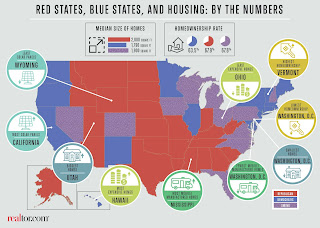Source: CNBC Article
An acute shortage of affordable homes in the United States will continue over the coming year, according to a majority of property market analysts polled by Reuters, driving prices up faster than inflation and wage growth.
The latest poll of nearly 45 analysts taken May 16-June 5 showed the S&P/Case Shiller composite index of home prices in 20 cities is expected to gain a further 5.7 percent this year.
That compared to predictions for average earnings growth of 2.8 percent and inflation of 2.5 percent 2018, according to a separate Reuters poll of economists.
U.S. house prices are then forecast to rise 4.3 percent next year and 3.6 percent in 2020.
A further breakdown of the April data showed the inventory of existing homes had declined for 35 straight months on an annual basis while the median house price was up for a 74th consecutive month.
About 80 percent of nearly 40 analysts who answered an extra question said the already tight supply of affordable homes in the United States will either stay the same or fall over the next 12 months.
In the Bay Area, things are not better. The ratio of home completions to job growth is still very small, which will keep pressure on home prices here too:
.. while according to this article from the Mercury News, the nation's top three most expensive places for renters are here in the Bay Area...
Thank you for reading,
Francis
Detailed, local trends etc...
Current mortgage rates
Price your home now
A worthy local non-profit to remember: Community Services Agency in Mountain View.

































